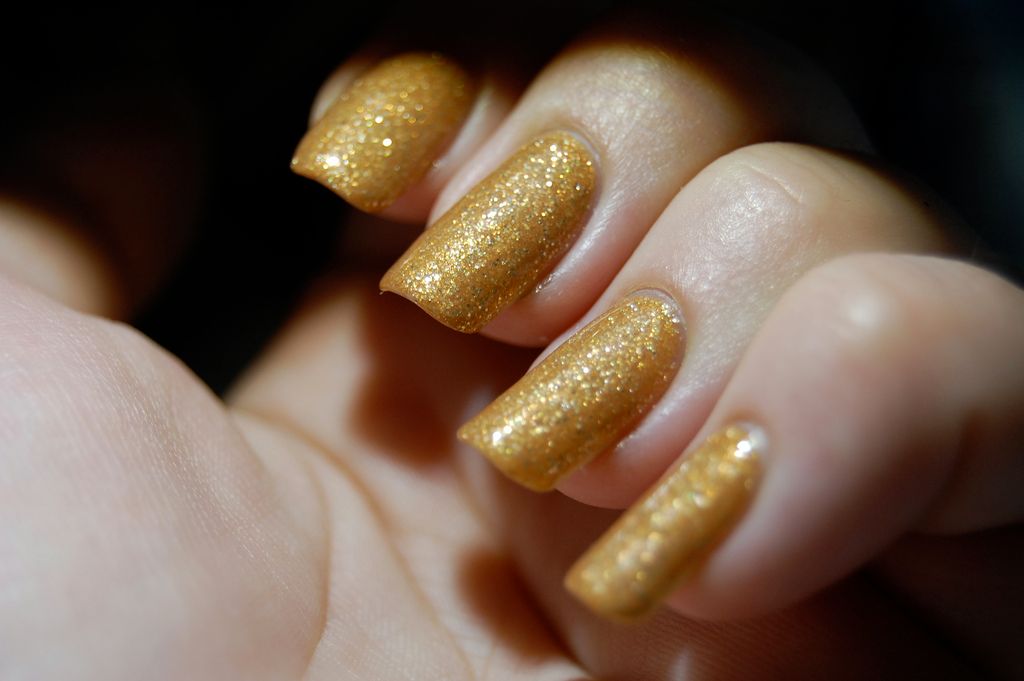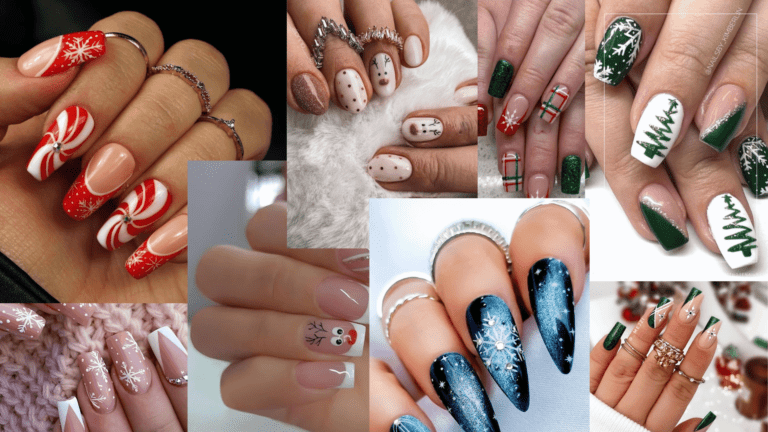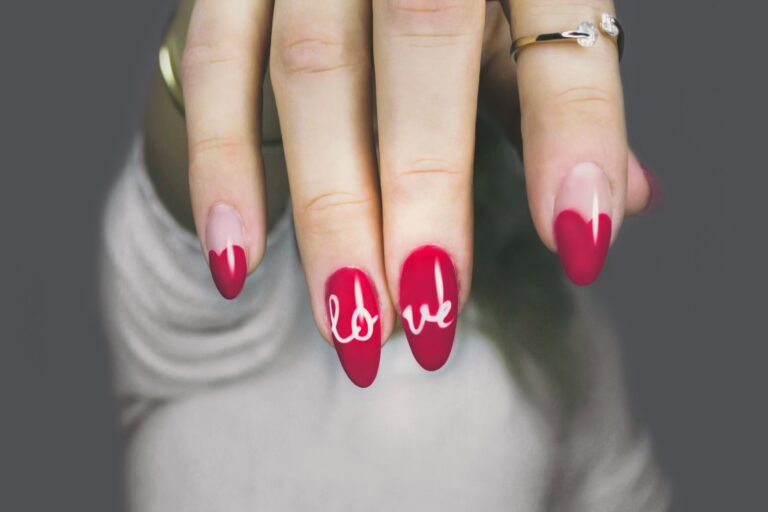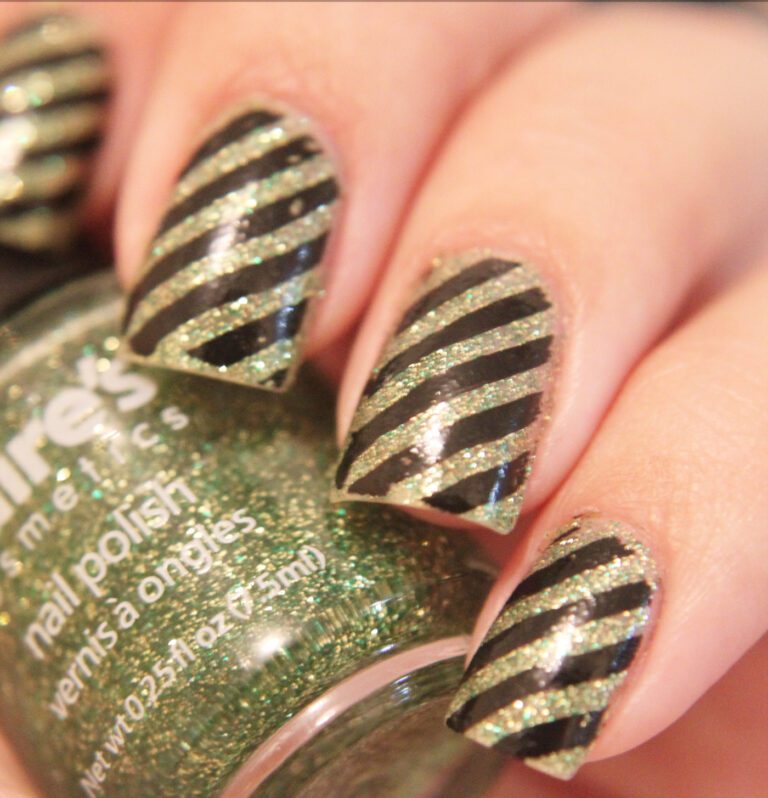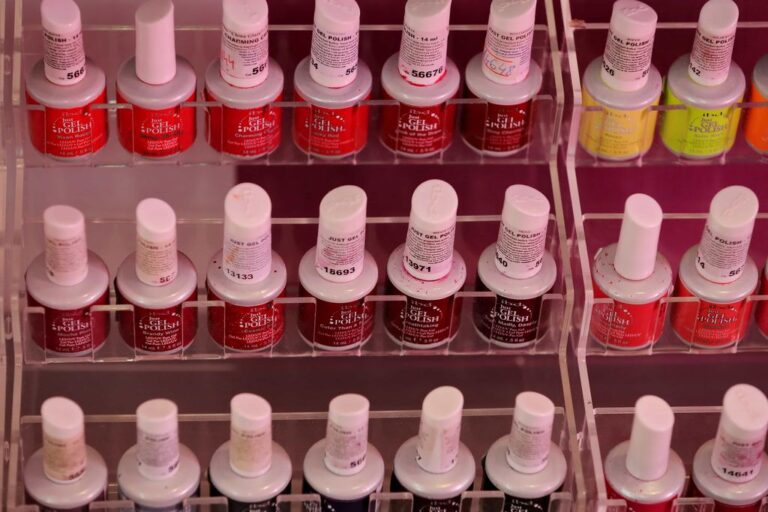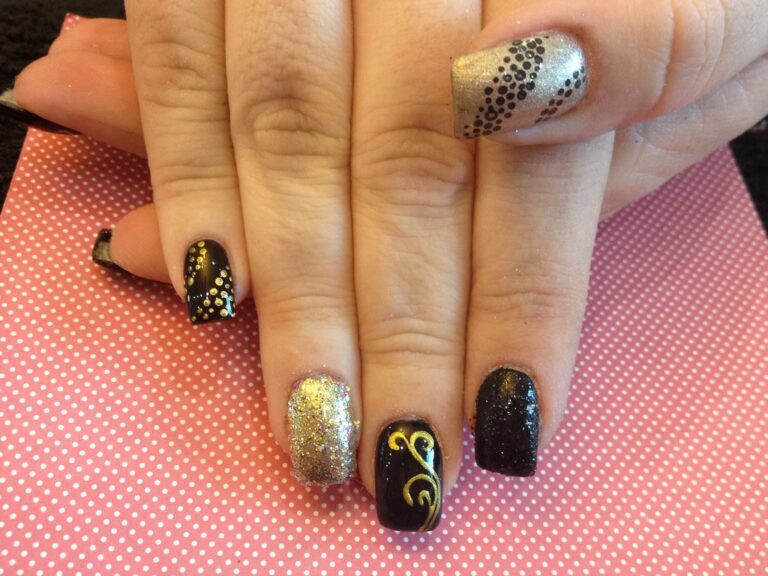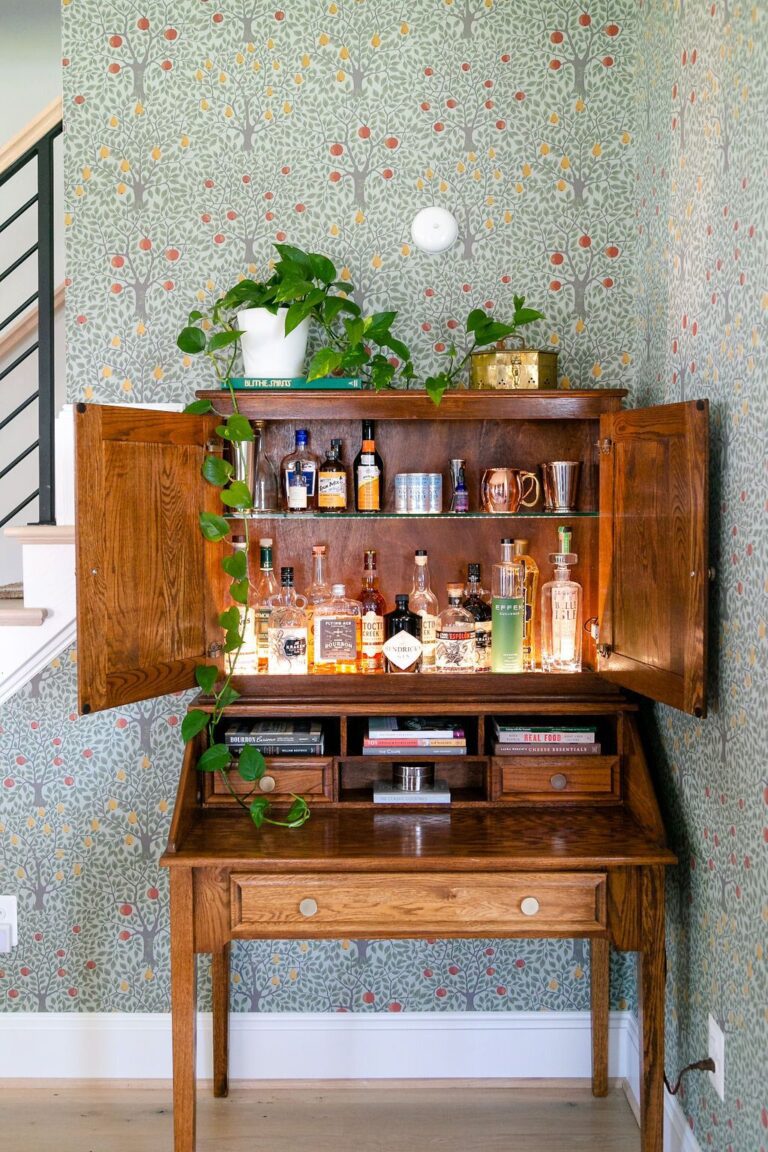“Yellow Warning: Why Nails Turn Yellow”
Yellow nails can be a cause for concern, often indicating underlying health issues or lifestyle factors. Understanding the reasons behind yellow nails is crucial for effective prevention and treatment. In this article, we will explore the science behind yellow nails, lifestyle and environmental factors, health conditions linked to yellow nails, treatment options, and preventive measures.
Key Takeaways
- Yellow nails can be caused by various factors, including fungal infections, smoking, and certain health conditions.
- Proper nail hygiene and choosing the right nail products are essential for preventing yellow nails.
- Yellow nail syndrome is a rare but serious condition that can cause yellowing of the nails.
- Seeking professional help is important if yellow nails are accompanied by other symptoms or persist despite home remedies.
- Understanding the impact of lifestyle and health conditions on nail health is crucial for effective prevention and treatment.
Unveiling the Mystery: The Science Behind Yellow Nails

The Keratin Connection
Keratin, a structural protein found in nails, is essential for their strength and resilience. When keratin bonds weaken, nails can become brittle and discolored, often taking on a yellow hue. Factors such as aging and environmental damage can degrade keratin, leading to these undesirable changes.
To maintain keratin integrity, it’s important to nourish and protect the nails. Products like keratin treatments can help replenish lost protein, ensuring nails remain robust. However, it’s crucial to choose the right products, as some may contain harsh chemicals that could further damage the nail structure.
Tip: Regularly using a nourishing masque can aid in restoring keratin levels, improving nail health over time.
Understanding the role of keratin in nail health is the first step towards addressing yellowing nails. By taking proactive measures, you can help preserve the natural beauty and strength of your nails.
Fungal Infections and Their Role
One of the most common culprits behind yellow nails is a fungal infection. These infections occur when microscopic fungi gain entry through a small trauma in the nail, thriving in the warm, moist environment. Over time, the fungi can cause the nail to become thick, discolored, and brittle.
- Onychomycosis*, the medical term for fungal nail infections, can be stubborn and challenging to treat. The infection often starts at the tip of the nail and works its way back to the base, potentially affecting several nails.
Tip: Early detection and treatment of fungal infections are crucial to prevent the spread and worsening of the condition.
While over-the-counter treatments are available, persistent cases may require prescription medications. It’s essential to maintain proper nail hygiene to minimize the risk of fungal infections.
Impact of Nail Polish and Staining
Frequent use of nail polish can lead to an unwanted aesthetic concern: yellowing nails. The pigments in nail polishes, especially darker shades, have a tendency to penetrate the nail plate, causing a persistent stain. This is particularly true if a base coat is not applied beforehand. A base coat acts as a protective barrier, but it is not infallible, especially for those who polish their nails regularly.
To mitigate the risk of staining, consider the following tips:
- Always apply a clear base coat before adding color.
- Opt for nail polishes that are free from harsh chemicals like phthalates, which can contribute to discoloration and other health concerns.
- Give your nails a break from polish periodically to allow them to breathe and recover.
Tip: If you notice yellowing, try soaking your nails in a mixture of baking soda and lemon juice. This home remedy can help lighten stains naturally.
Lifestyle and Environmental Factors

Tobacco Use and Nail Discoloration
Tobacco use can have a significant impact on the discoloration and overall health of nails. The chemicals present in tobacco smoke can lead to yellowing of the nails, often accompanied by brittleness and weakening. Quitting smoking is an essential step in reversing these effects and improving the appearance and strength of the nails. Additionally, maintaining proper nail hygiene and using nourishing nail products can aid in the recovery process. It’s important to be mindful of the long-lasting effects of tobacco use on nail health, even after quitting smoking.
Occupational Hazards
Certain occupations expose individuals to chemicals and substances that can lead to the discoloration of nails, often turning them yellow. Prolonged exposure to agents such as tars, oils, and certain acids in industrial settings can penetrate the nail plate and alter its natural color. Additionally, jobs that involve frequent hand washing or the use of cleaning products can strip the nails of their protective layers, making them more susceptible to staining.
For instance, hairdressers and beauticians regularly handle dyes and acetone, which can contribute to nail yellowing. Healthcare workers, too, may experience similar issues due to the constant use of hand sanitizers and disinfectants. It’s crucial for individuals in these professions to wear appropriate protective gear, like gloves, to minimize contact with potentially harmful substances.
Tip: Regularly moisturizing your hands and nails can help maintain the integrity of the nail surface, providing an additional barrier against occupational hazards.
Here are some common professions associated with nail discoloration due to occupational exposure:
- Hairdressers and cosmetologists
- Healthcare professionals
- Cleaners and janitors
- Mechanics and painters
- Printers and photographers
The Effects of Diet on Nail Health
The foods we consume play a significant role in the health and appearance of our nails. A diet lacking in essential nutrients can lead to brittle, discolored nails, while a balanced intake of vitamins and minerals can promote strong and healthy nail growth. For instance, a deficiency in zinc can result in the yellowing of nails, as this mineral is crucial for keratin production.
Incorporating a variety of nutrient-rich foods into your diet is key to maintaining optimal nail health. Foods high in protein, vitamin C, and biotin are particularly beneficial for nail strength and color. Below is a list of nutrients and their sources that can help prevent yellowing of nails:
- Protein: Lean meats, fish, eggs, and legumes
- Vitamin C: Citrus fruits, berries, and green leafy vegetables
- Biotin: Nuts, seeds, and whole grains
- Zinc: Shellfish, meat, and pumpkin seeds
Tip: Consistently hydrating with water is also essential, as dehydration can cause nails to become dry and more prone to discoloration.
It’s important to note that while diet can influence nail health, it is not the sole factor. If dietary adjustments do not improve the condition of your nails, it may be necessary to explore other underlying causes.
Health Conditions Linked to Yellow Nails

Yellow Nail Syndrome: A Rare but Serious Condition
Yellow Nail Syndrome (YNS) is an uncommon condition that presents with a distinct triad of symptoms: yellow discoloration of the nails, respiratory issues, and swelling in the lower limbs. This syndrome, while rare, can be indicative of more serious underlying health problems.
The exact cause of YNS is still unknown, but it is thought to be related to a combination of genetic, environmental, and possibly autoimmune factors. Patients with YNS often experience significant changes in their nails, including thickening, slowed growth, and a loss of the cuticle.
Tip: If you notice a persistent yellowing of your nails accompanied by respiratory symptoms or swelling, it is important to seek medical advice as these could be signs of Yellow Nail Syndrome.
Management of YNS typically involves addressing the associated symptoms and any underlying conditions. While there is no cure, treatments can help to alleviate the effects and improve quality of life.
Liver and Kidney Diseases
The health of your liver and kidneys plays a crucial role in the coloration of your nails. When these organs are compromised, they can lead to a buildup of waste products in the blood, which may manifest as yellowing of the nails. This discoloration is often accompanied by other symptoms that indicate a deeper health issue.
For instance, liver conditions such as cirrhosis can cause changes in nail appearance, including a whitening or paling of the nail bed and redness in the palms. Similarly, kidney diseases may lead to a yellowish tint in the nails due to the accumulation of uremic toxins.
Tip: If you notice a persistent yellowing of your nails along with other symptoms like jaundice or swelling in the extremities, it is important to seek medical advice as these could be signs of serious liver or kidney conditions.
It’s essential to be aware of these signs and to consult healthcare professionals for accurate diagnosis and appropriate treatment. Early detection and management of liver and kidney diseases can help prevent further complications, including those affecting nail health.
Thyroid Disorders and Nail Changes
Thyroid disorders can have a noticeable impact on nail health. Hypothyroidism, characterized by an underactive thyroid, may lead to nails that are brittle, dry, and thick, often with ridges. Hyperthyroidism, on the other hand, results from an overactive thyroid and can cause nails to grow more quickly than usual.
- Brittle, dry, thick nails with ridges
- Changes in nail growth rate
- Curved, swollen fingertips and thickening above the nail
These symptoms are not only cosmetic concerns but can also signal underlying health issues. It’s important to pay attention to these changes as they can be indicative of thyroid imbalances.
Tip: If you notice any of these nail changes, consider consulting a healthcare professional to check for thyroid disorders.
Navigating Treatment Options

Over-the-Counter Remedies
When it comes to tackling yellow nails, especially those affected by fungal infections, a variety of over-the-counter (OTC) remedies are available. These products often contain antifungal agents like clotrimazole or tolnaftate, which can be effective in treating the fungus on the skin around the nail bed.
Eucalyptus oil is also recommended by some health professionals for its simplicity and efficacy in treating toenail fungus. For those seeking a clean and ethical option, products like cruelty-free and vegan nail polish removers are accessible online, providing a healthier environment for your nails.
Tip: Always follow the instructions on OTC products carefully to avoid any adverse reactions and to ensure the best results.
If symptoms persist or worsen, it’s crucial to consult a healthcare provider for further advice. Remember, while OTC remedies can be helpful, they may not be suitable for everyone and should be chosen with consideration of individual health conditions and allergies.
Prescription Medications
When over-the-counter treatments fail to clear up yellow nails, especially those caused by fungal infections, prescription medications may be the next step. These medications are often more potent and require a healthcare provider’s oversight due to potential side effects.
Terbinafine and itraconazole are commonly prescribed antifungals that can be taken orally for a course of several weeks or months, depending on the severity of the infection. It’s important to follow the prescribed regimen closely to ensure the best chance of success.
Remember: Always discuss potential side effects with your doctor before starting any new medication.
Patients should be aware that prescription antifungals can interact with other medications and may not be suitable for everyone. Regular monitoring and follow-up appointments are essential to track progress and adjust treatment as necessary.
Natural and Homeopathic Approaches
In the realm of natural and homeopathic remedies, there is a growing interest in treating yellow nails with gentle, non-invasive methods. These approaches aim to address the underlying causes of nail discoloration while promoting overall health and well-being.
For instance, Homeopathic Medicine Bufo Rana is noted for its effectiveness against fungal infections that cause nails to appear bluish or blackish. Similarly, the combination of oregano oil and tea tree oil has been touted for its antifungal properties when applied directly to the affected nail.
Tip: Consistency is key with natural treatments. Apply remedies twice daily for several weeks to observe potential improvements.
Some homeopathic practitioners recommend individualized treatments for conditions like Yellow Nail Syndrome, focusing on enhancing the body’s natural healing processes. It’s important to consider that while these methods may offer relief, they should be pursued with realistic expectations and patience.
Preventive Measures and Best Practices

Proper Nail Hygiene
Maintaining proper nail hygiene is a cornerstone of preventing yellowing and other nail discolorations. It involves more than just keeping your nails clean; it’s about adopting a routine that promotes nail health. Here are some essential tips:
- Keep nails clean and dry to prevent fungal growth.
- Trim nails straight across to avoid ingrown toenails.
- Use a moisturizer regularly, especially after washing your hands or bathing.
Cuticle care is also vital. The cuticle acts as a barrier against infections, so avoid cutting them and instead gently push them back after a shower or bath. Remember, nails need moisturizing to stay flexible and strong.
Tip: The best time to apply lotion is immediately after washing your hands, as this helps to lock in moisture and keep nails hydrated.
By incorporating these practices into your daily routine, you can help ensure your nails remain healthy and vibrant.
Choosing the Right Nail Products
Selecting the right nail products is crucial for maintaining the health and appearance of your nails. When choosing nail polishes, it’s important to look for brands that are free from harmful chemicals such as formaldehyde, toluene, and dibutyl phthalate (DBP). These substances can cause nail brittleness, splitting, and other issues over time.
Our top picks:
- Sheer Enamel Nail Polish: Best Overall Nail Polish
- New York Color Show Nail Lacquer: Best Value Nail Polish
- Gel Couture Nail …
When considering nail care essentials, remember that a good base coat and top coat are just as important as the polish itself. A quality base coat can protect your nails from staining, while a top coat ensures a long-lasting, glossy finish.
Tip: Always take the time to read reviews and check for awards or recognitions that nail care products have received. This can be a good indicator of their effectiveness and popularity.
For those with specific skin tones, selecting a nail polish color that complements your complexion can enhance the overall look of your manicure. Manicurists often provide guidance on choosing the best shades for warm, cool, or neutral undertones.
Remember, the best nail polish isn’t just about the color—it’s about the formula and how it benefits your nails in the long term. Investing in quality nail care products is an investment in the health of your nails.
When to Seek Professional Help
While many nail discolorations can be addressed with home remedies and over-the-counter treatments, certain situations warrant professional medical advice. If you notice persistent yellowing of the nails that does not improve with self-care measures, it may be time to consult a dermatologist.
- Persistent or worsening discoloration
- Signs of infection such as redness, swelling, or pain
- Nails that are thickening or developing an abnormal shape
These symptoms could indicate an underlying health issue that requires more than just cosmetic intervention. A healthcare provider can offer a comprehensive evaluation and tailor a treatment plan to your specific needs.
Tip: Always keep track of changes in your nail health, and don’t hesitate to seek professional help if you notice anything unusual. Early detection and treatment can prevent more serious complications.
When it comes to nail care, preventive measures and best practices are essential for maintaining healthy and beautiful nails. At NAILinspire.com, we are dedicated to providing the ultimate online nail art design library, where you can explore a wide range of nail art ideas, techniques, and inspiration. Whether you’re a nail art enthusiast or a professional nail artist, our collection of resources is designed to inspire and empower you to create stunning nail designs. Visit NAILinspire.com today and take your nail art to the next level!
Frequently Asked Questions
What causes nails to turn yellow?
Nails can turn yellow due to various reasons such as fungal infections, use of nail polish, smoking, and certain health conditions.
Are yellow nails a sign of a serious health issue?
In some cases, yellow nails can be indicative of underlying health conditions such as liver diseases, thyroid disorders, or yellow nail syndrome. It’s important to consult a healthcare professional for proper diagnosis.
Can yellow nails be treated at home?
Mild cases of yellow nails can be treated at home using over-the-counter remedies or natural approaches. However, it’s essential to seek medical advice for persistent or severe discoloration.
How can I prevent my nails from turning yellow?
Maintaining proper nail hygiene, avoiding prolonged use of dark nail polish, and being mindful of environmental factors such as smoking and occupational hazards can help prevent yellowing of nails.
Is it safe to use nail polish on yellow nails?
It’s advisable to avoid using nail polish on yellow nails, as it can further stain and damage the nails. Prioritize nail health and seek treatment before applying nail products.
When should I seek professional help for yellow nails?
If yellow discoloration persists despite home remedies, or if it is accompanied by other concerning symptoms, it’s crucial to seek professional help from a dermatologist or healthcare provider.

